
Cloud-native application development is a simple approach to quickly build and update applications with the highest quality and reduced risks. The experienced team of engineers at WeCode implement such development practices for building and running apps that are responsive and scalable across private, public, or hybrid cloud environments. We empower businesses by speeding up new apps, optimizing the existing ones, and connecting all of them. The platform consists of integrating and automating its four essential concepts: DevOps, Continuous Delivery, Microservices, and Containers.
The process initiates from collaborating with the DevOps team of software and IT developers who work consistently to build, test, and release software. It further progresses with Continuous Delivery, where automation enables shipping of software to production in small batches to ensure reliability, simplicity, and risk-free app deliveries. The next step is deploying Microservices that run on their own processes while being in communication through HTTP APIs. They can be independently restarted or upgraded without any impact on end-users. The final step is deploying microservices through containers. Containers utilize OS-level virtualization to introduce isolation between each other with their own writable file system and resource allocation.
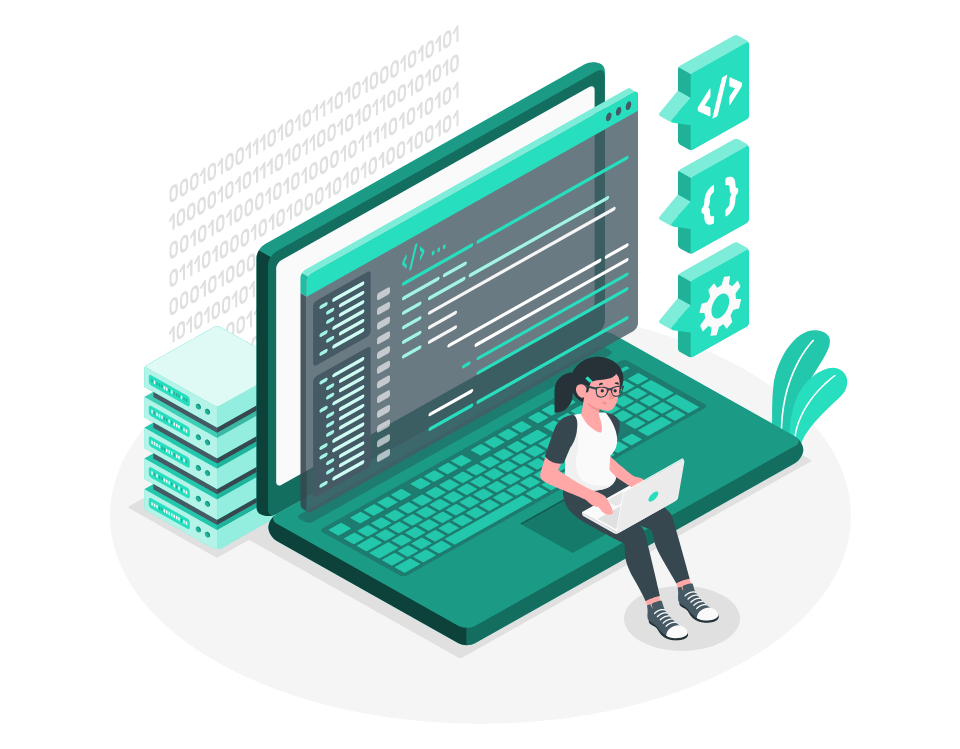
Cloud-native applications have each of their services written in a language that is best suited for that particular functionality. Hence, these applications are a set of different web-centric languages like Java, HTML, Node.js, Python, PHP, among others, and frameworks. This means developers can use different languages in the same framework for each microservice they want to develop within an app.
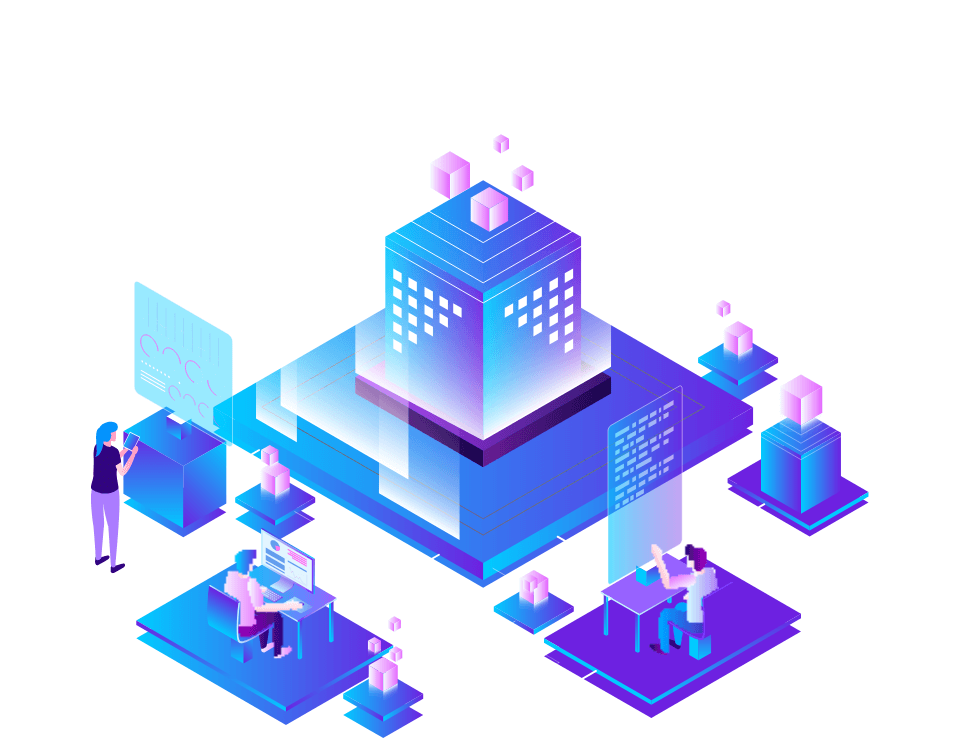
All the services belonging to an app discover each other through their runtime. The existence of these services is independent, which results in efficient scaling and high performance when integrated accurately. These microservices are loosely coupled, helping developers in treating each one independently. It helps them in focusing on core functions of an app’s lifecycle with independent ownership of each microservice.
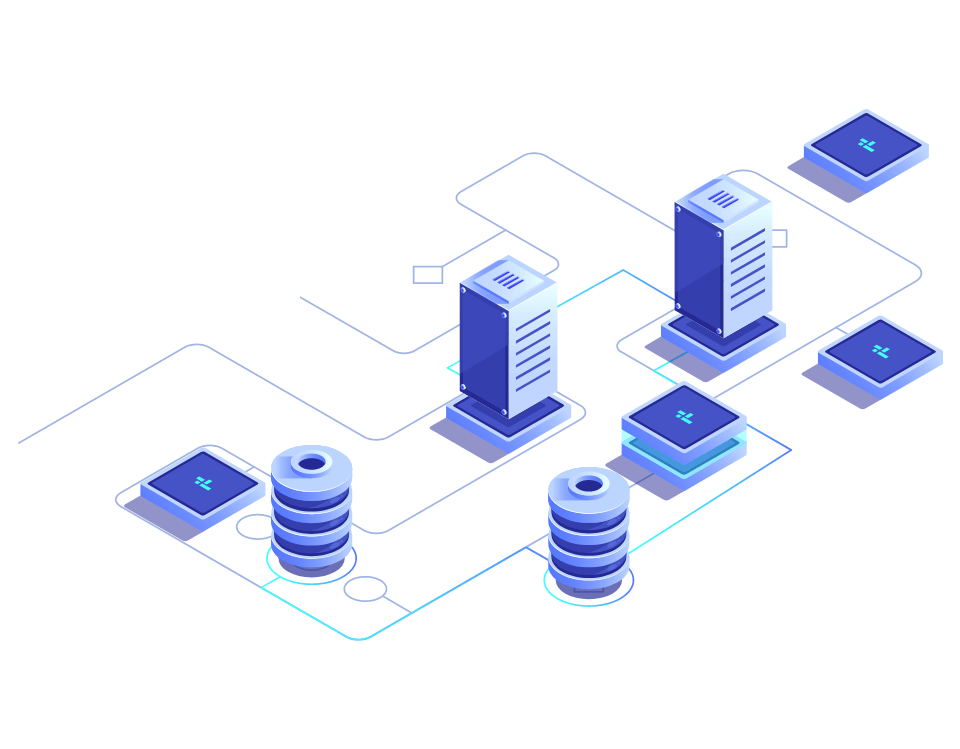
Cloud-native apps have a separate architecture for both stateless and stateful services. This results in attaining persistence while creating micro-storage environments in using containers. They are also isolated from an OS or a machine, except in the case when a microservice needs Solid-state Drives (SSDs) and Graphics Processing Units (GPUs).
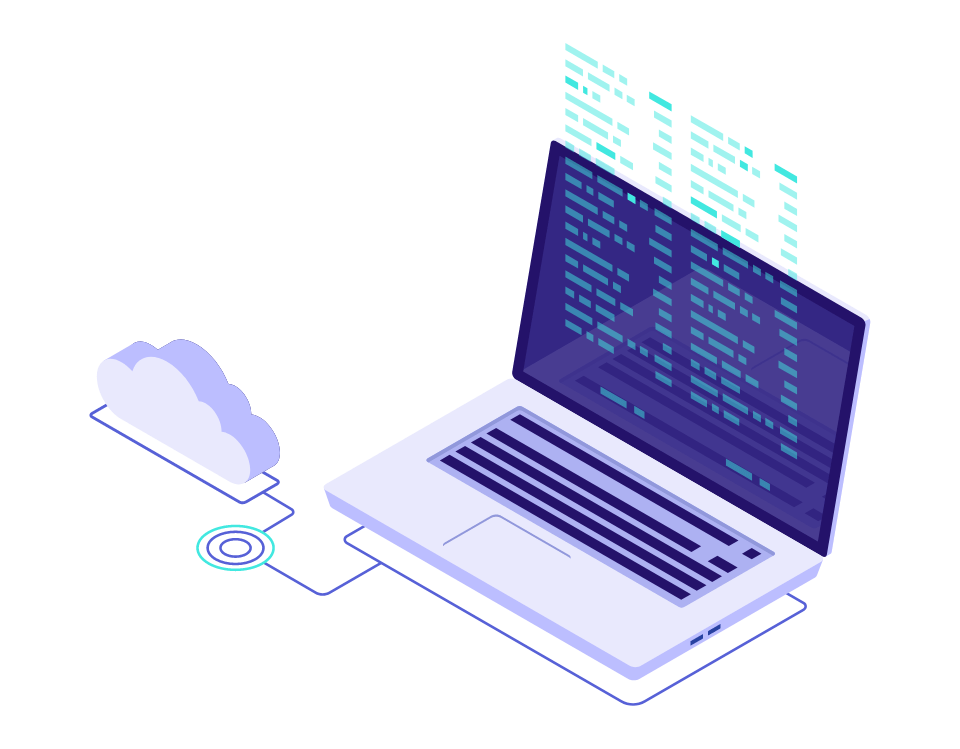
Cloud services internally communicate and collaborate with the networks and other services through various lightweight programming interfaces (APIs). These include RESTful API, and Google open-source remote procedure call, gRPC. While REST is used for communication with HTTP, gRPC is for interacting with the services internally.
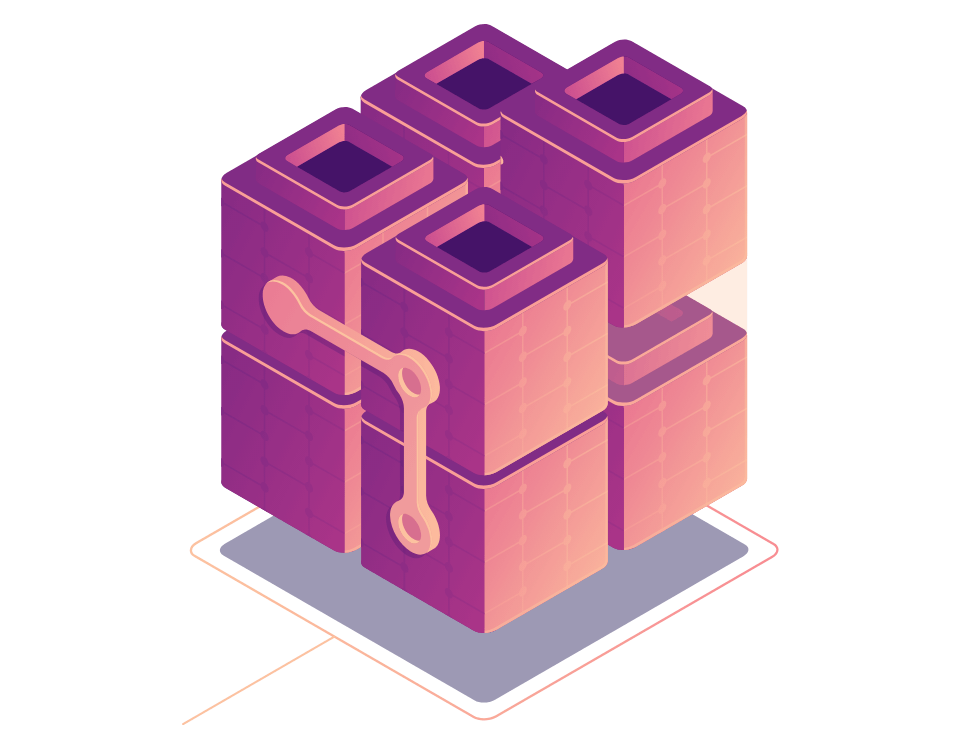
Cloud-native apps have different functions broken down as microservices providing them a modular structure. It benefits developers in turning them off when they are not needed and also when a specific module needs to be updated; without affecting the entire app. Such apps are also multi-tenant as they can share their resources with other apps in a virtual space.
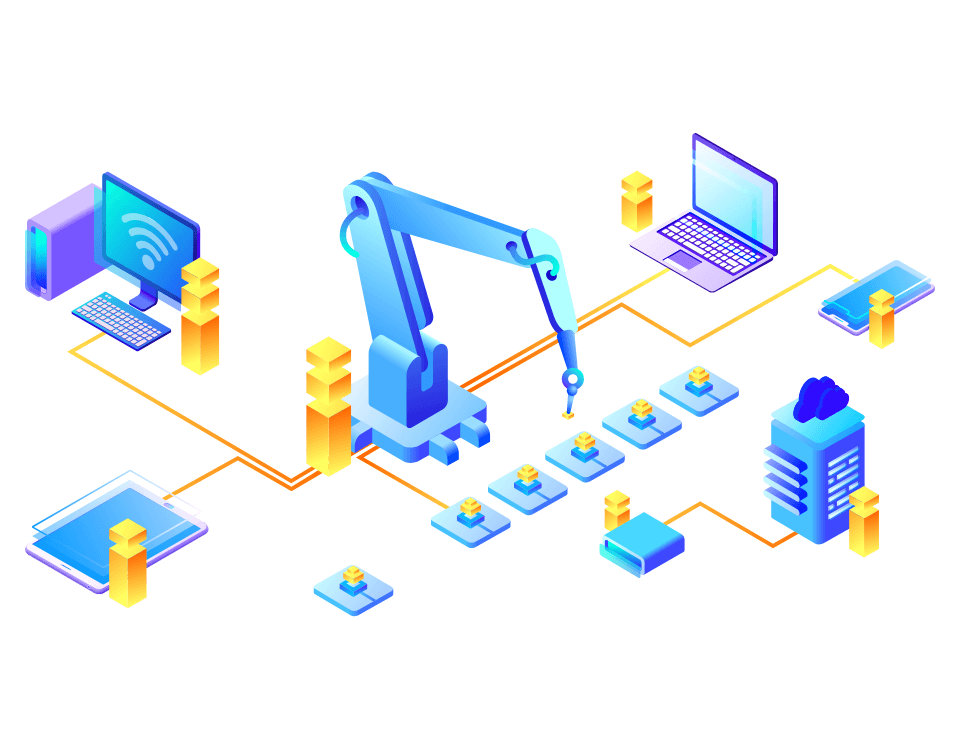
The applications are a set of services that operate independently and autonomously, packaged together in containers. Containers are frequently used for running microservices, as containers package each software with all its core dependencies. They make an application run in any environment, are lightweight, and quicker to be deployed.
Cloud-native development provides a significant shift of goals that can lead your business to grow. Since automation and integration of cloud services manage everything, our developers focus more on bringing consistency and stability to your business.
Even if there are some failures in the environment, the cloud-native architecture ensures that your business doesn’t suffer. Our developers focus on the architecture by building designs that are always online, irrespective of any outage in the infrastructure.
WeCode offers its clients an option to choose from different cloud approaches, instead of locking only one vendor. Businesses can opt to run and build their apps on either public or private cloud, without redesigning. We ensure that our services are capable of running where they make the most business sense.
Automation of services under the cloud-native world, helps enterprises concentrate on prioritized tasks and eradicating risks and failures of human errors. Our developers replace ordinary tasks with automated processes of introducing new patches and upgrades across all stack levels, resulting in no downtime.